Tehran’s Grand Bazaar is the main financial hub of Iran. Here is where most of the major wholesalers offer their products to thousands of domestic markets. But that is just one aspect of the significance of this colossal structure. Tehran Bazaar has had a key role in different eras of Iranian history especially after Tehran became the capital of Iran in 1796. Tehran Bazaar’s strikes resulted in various social revolts changing the political order of the country (Iran Constitutional Revolution and Iranian revolution of 1979).
Grand Bazaar showcases a wide array of attractions including historic sites (Atiq Historic Mosque, Chahar-Sugh and etc.) and wonderful traditional restaurants in addition to hundreds of Saras, Timches and shopping centers. With such amazing potential it is no wonder that Grand Bazaar is a constant presence on the itinerary of Tehran tours. Like Tajrish Bazaar that brings a unique dynamism and color to the north of Tehran, Grand Bazaar is the throbbing heart of the city center. Each section of the bazaar has its own unique character. The jewelry bazaar is famous for its glowing entwined corridors and carpet bazaar for its exquisite handwoven rugs. The same applies to every Sara and mini-market in the vast 10 km area of Grand Bazaar. Considering the massive area of Bazaar, you need to have an issue of Tehran Bazaar’s map if you want to explore its depths on your own. But if you are still wondering how to reach Tehran’s Bazaar, that is no problem since Tehran’s metro lines cover the entire city center. You just need to enter one of the stations on the red line (you will easily find it on Tehran metro map) and get off in 15 Khordad Station. Another thing to consider is the opening hours of Tehran’s Bazaar. The best time to be in Bazaar is at 10 am, its opening hour. The place will be less crowded, allowing you to take photos and seek your souvenirs at ease before the rush hour.
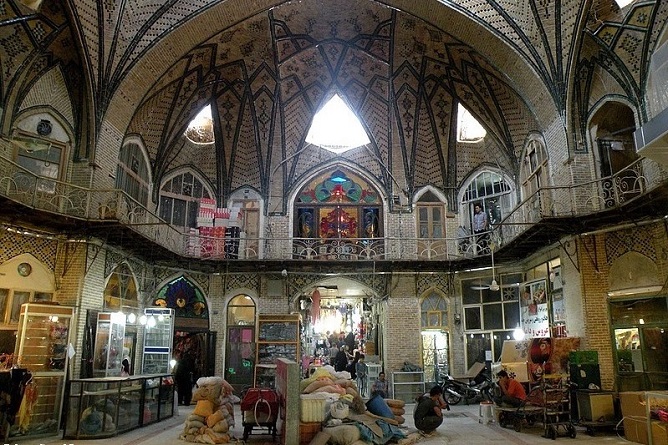
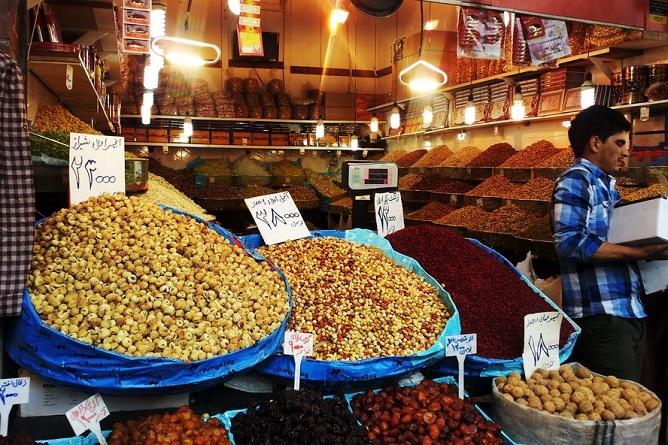
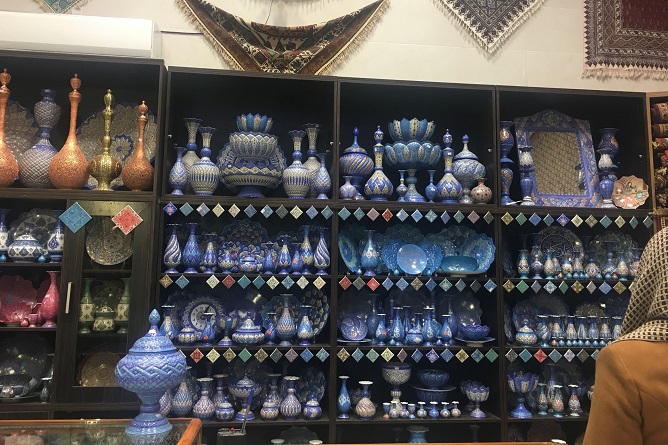
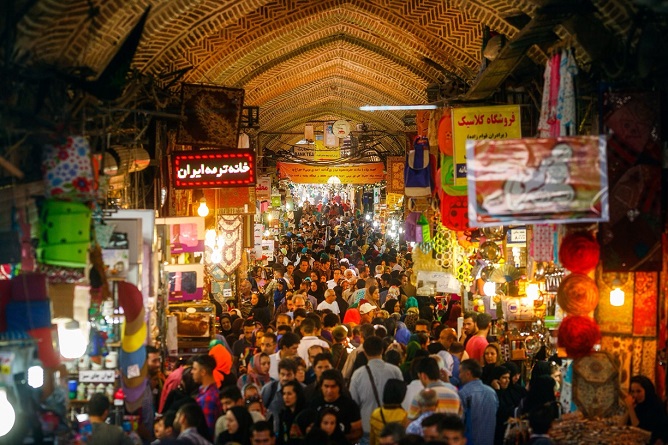
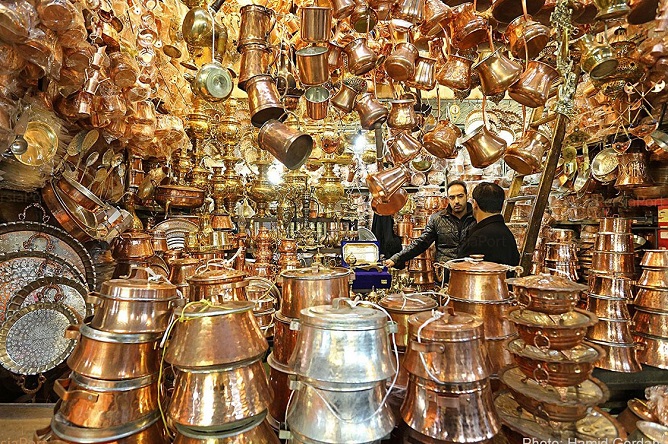

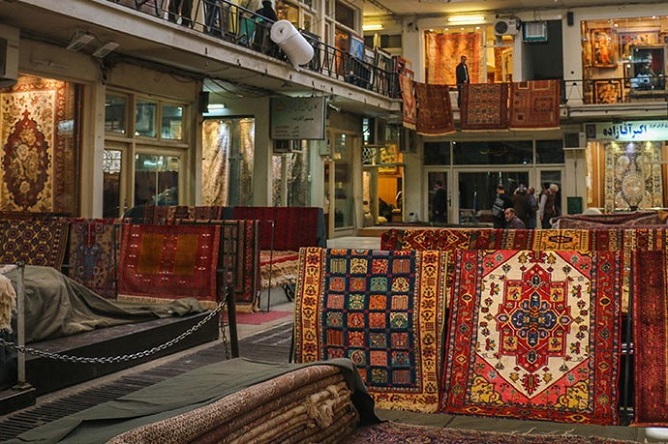
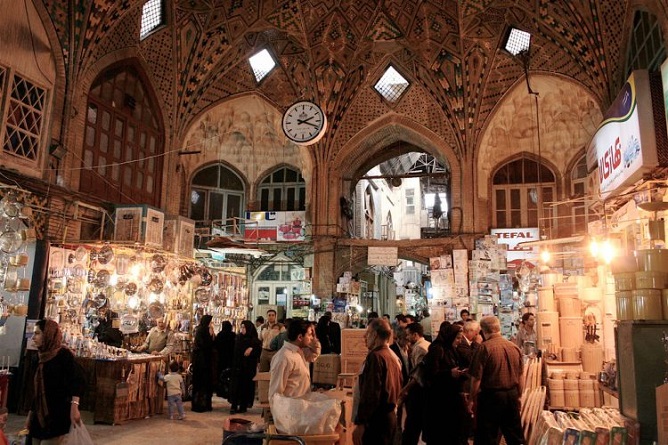
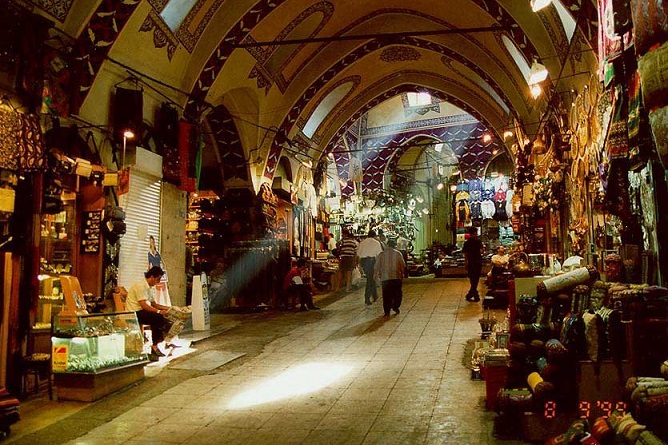
0 Comment(s)
|
Comments and Reviews |
|
|